Advertisements for Tuscarora Academy continued to use this phrase more than 50 years after the school was established in 1836. Located in the quaint hamlet of Academia, Juniata County, Pennsylvania, the Tuscarora Academy was a premier 19th century secondary educational institution. Thousands of students, from 47 Pennsylvania counties, more than 30 other states, and six countries, traveled to Academia for their college preparatory courses.
The Tuscarora Academy
The Tuscarora Academy was founded in 1836 by Reverend McKnight Williamson from the Lower Tuscarora Presbyterian Church with the mission of training young men for the ministry or teaching. One of the Academy’s original classrooms was housed in the Lower Tuscarora Presbyterian Church, which was initially built in 1816 as a one-story fieldstone structure.
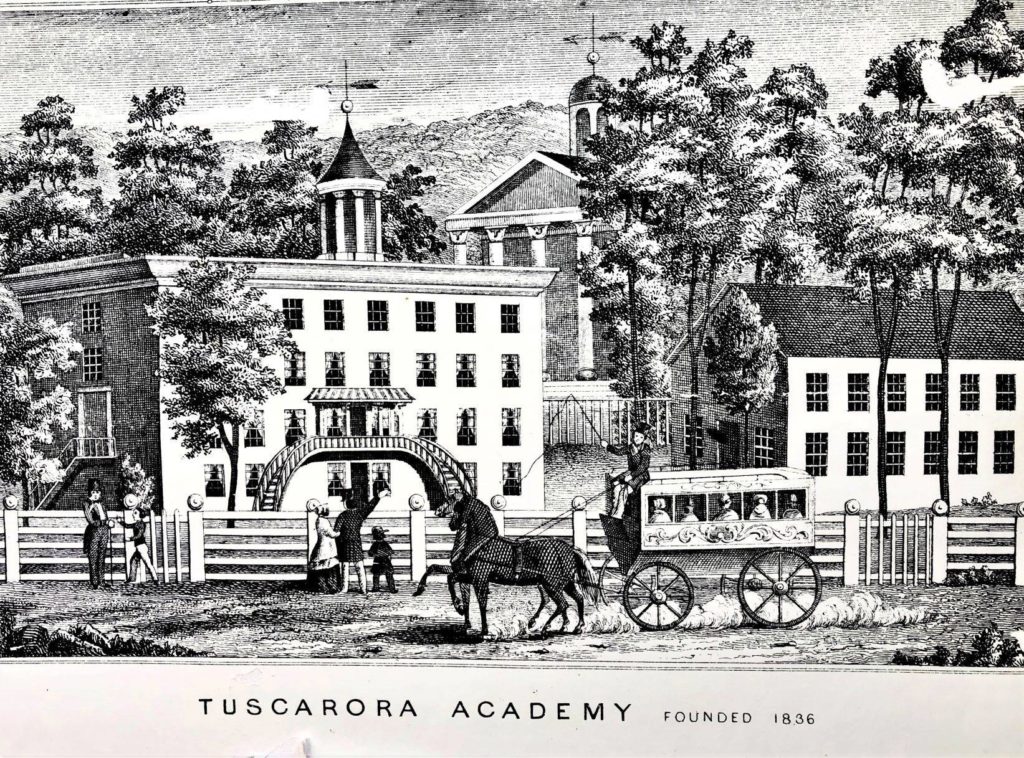
Several fires between 1851 and 1875 destroyed most of the original Academy campus, including a large four-story brick dormitory which doubled as the principal’s residence. The Presbyterian Church building, which had been sold to the Academy trustees, remodeled and expanded to its current appearance in 1850, was the only one to survive.
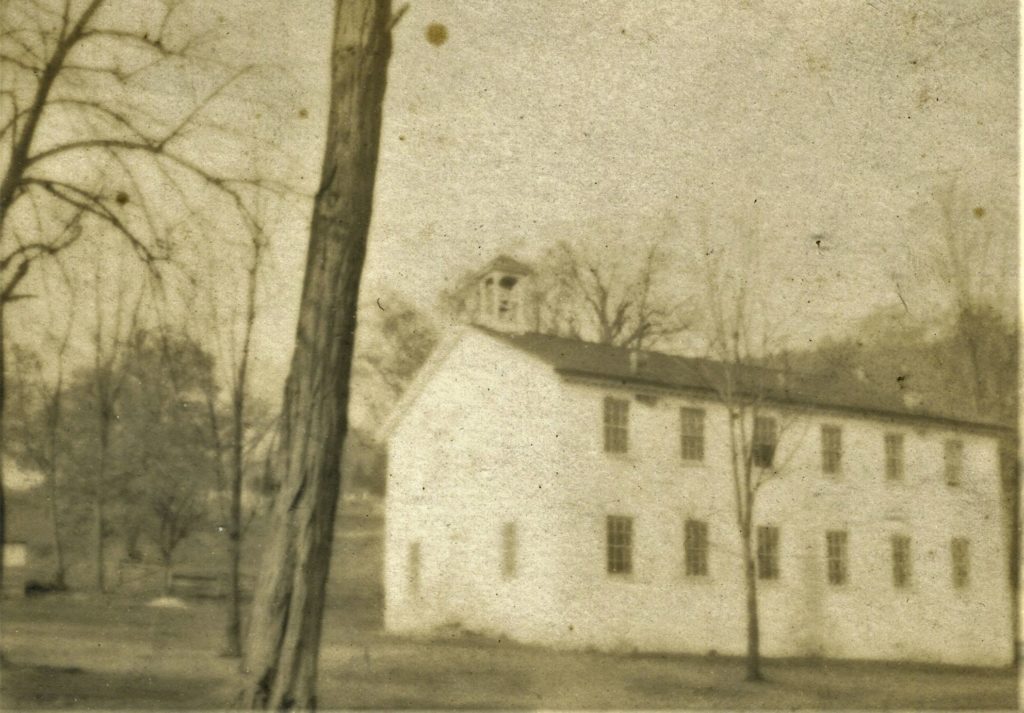
By the time the Academy was closed in 1912, the building housed a large classroom and a dozen dormitory rooms. The local school district used the Academy building as a public high school between 1912 and 1916.

The Commonwealth of Pennsylvania acquired the Tuscarora Academy building in 1962, restored it, and opened it to the public as a museum in August 1970. It was listed in the National Register of Historic Places in 1972. In 2016, ownership of the property transferred to the Juniata County Historical Society. The historical society, which celebrates its 90th anniversary this month, remains in a convenance agreement with PHMC for the care and maintenance of the Tuscarora Academy.
Passion Meets Opportunity
The stories of Tuscarora Academy’s students are collectively imbedded into the book Tuscarora Academy: Providence is Here. The idea for writing this book began in the spring of 2020. One of the few silver linings of the pandemic was the ability to work from home. For me, getting back those ten commuting hours every week allowed me to spend more time volunteering for the Juniata County Historical Society.
While the society’s archives are located in Mifflintown, the county museum, owned and maintained by the society, is housed in Tuscarora Academy’s sole remaining building in Academia. When I began volunteering at the museum, I quickly became enamored with the history of the area and the otherworldly feelings of comfort and awe that come over me every time I visit Academia. Visitors who tour the museum often remark on what a special place it is.
Since the museum couldn’t open to the public for regular summer Sunday hours in 2020, it was the perfect opportunity to create a long overdue master inventory and to give the museum an extreme makeover with new exhibits and new signage. While spending many hours at the Academy and doing deep dive research in the society’s archives, I discovered many things I had been told about the history of the institution weren’t accurate. In fact, what I learned made me realize its importance is even more significant than anyone realized. I became madly passionate about making sure accurate facts about the institution were known.
The historical society often receives research requests from all over the country, via email and our Facebook page, asking if an ancestor attended Tuscarora Academy. It has never been easy answer such inquiries because an easily searchable list had never been assembled. Additionally, when visitors could tour the museum, one of the most asked questions was if there was a book on the Academy. For years we’ve heard “not much is known about Tuscarora Academy.” The deeper I dove into records and various documents stored in multiple locations, the more I realized that we could know a lot about it, but it would require assembling the thousands of scattered puzzle pieces.
A Book is Born
All these factors combined, led me to realize that if I wanted the story of Tuscarora Academy to be told right, I had to be the one to tell it. I never expected the incredible things I would discover from January until September 2021. At the beginning of the process, I quickly realized the intricate and daunting task ahead of me and understood why neither a book on the Academy or a list of known alumni was never created. Volunteers probably simply didn’t have the time to tackle such a massive project before, and for that I am grateful because it allowed me the great honor of being the one to write the book.
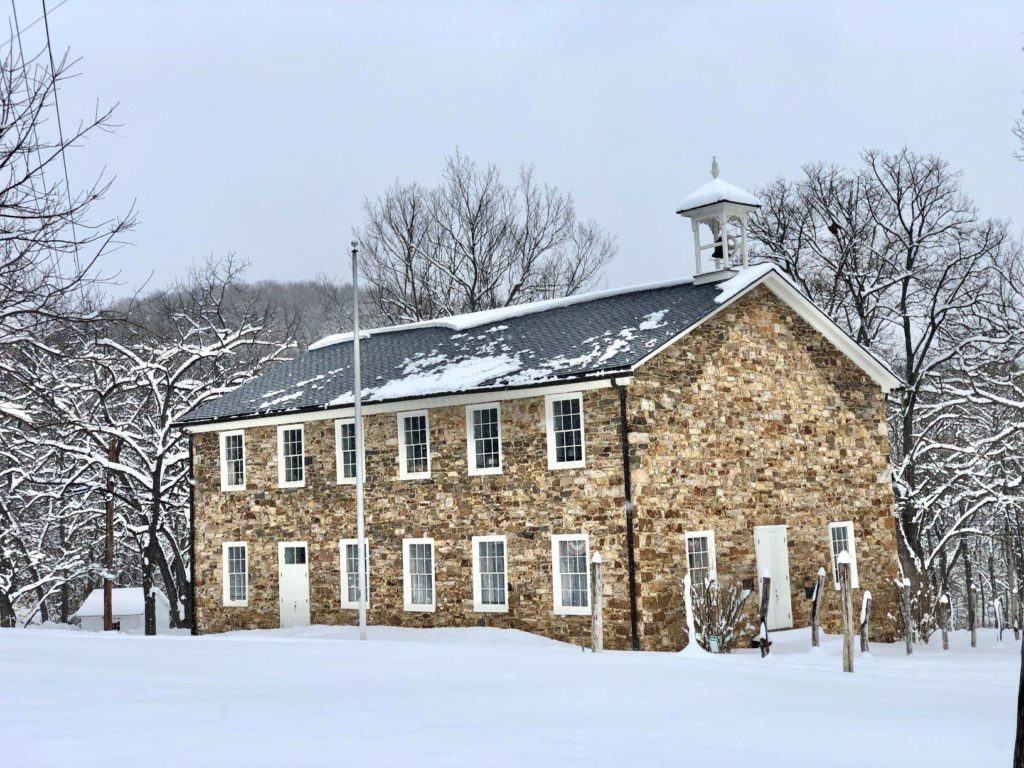
Utilizing newspapers, letters, school records, documents from descendants of alumni, and the collection of the Juniata County Historical Society, this book tells the story of Tuscarora Academy from its inception, through its many decades of education that ended in 1916, up to the to the sole remaining building’s current use as a museum exhibiting relics of Juniata County’s past. The first half of the book details the Academy’s administration, perseverance through four devastating fires, and steadfast adaptation to the changing educational landscape in Pennsylvania, while interweaving firsthand accounts about students, trustees, and faculty.
The second half contains short biographies of more than 1,300 known alumni, faculty, and trustees, which is only one-third of the total number of students to have passed through Academia’s halls. After receiving educations that helped shape their minds and characters, Tuscarora Academy alumni went on to settle in every state in the contiguous United States, with many establishing new towns, creating inventions, building landmark infrastructure, and filling important positions in courtrooms, legislative chambers, universities, churches, banks, and hospitals. Their stories, and more, combine to create this comprehensive history dedicated to the pioneers of early American education.
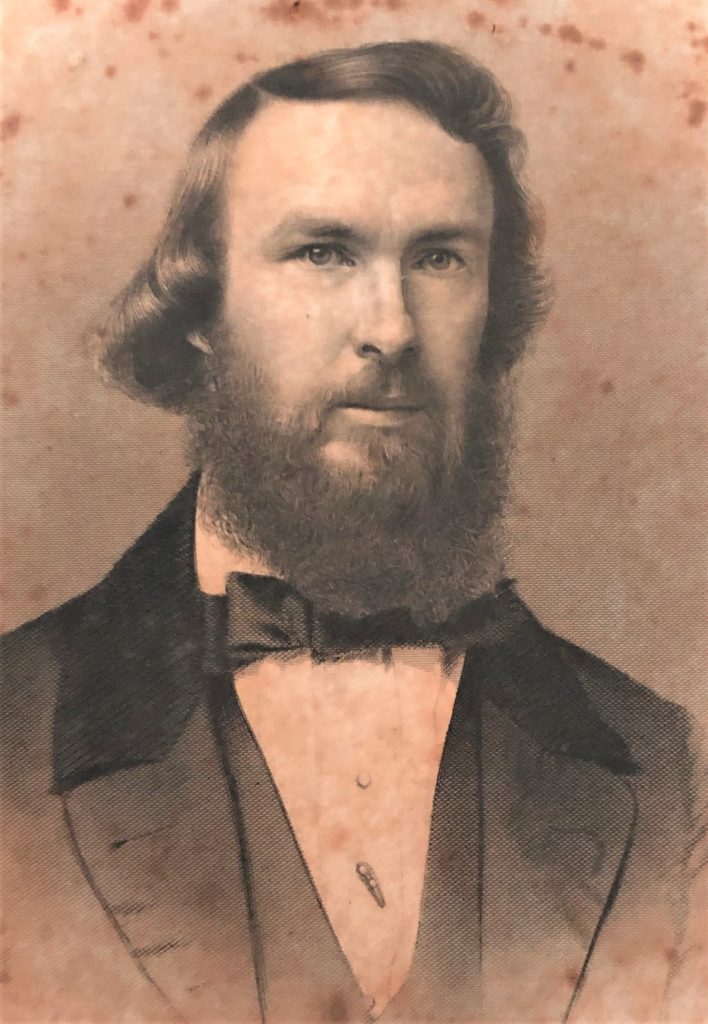
A Tool for Researchers
The book contains many photos, so don’t let its length be intimidating! Tuscarora Academy: Providence is Here is both a historical non-fiction and an ease-of-access research tool. When our historical society researchers are asked if a specific individual attended the school, volunteers can now easily answer the inquiry. In fact, historical societies in most Pennsylvania counties will find Academy graduates who were either born in or moved to their counties as well. Of the known alumni featured in this book, more than a thousand came from the counties of Juniata, Mifflin, Huntingdon, Perry, Franklin, Blair, Centre, Philadelphia, Allegheny, Northumberland, Cumberland, and Dauphin.
Today’s Guest Contributor is Jessica Guyer. Jessica has a degree in public history from Shippensburg University. She is currently the curator of the Tuscarora Academy Museum, and is active within the Juniata County Historical Society as a board member, chairman of the Accessions Committee, and social media facilitator. As a lifelong resident of Juniata County, she has an ardent passion for the history, places, and people of central Pennsylvania. She enjoys assisting others with historical research and has helped several people break through genealogical “brick walls.” She lives in Mifflintown with her husband and two children.
Comment Policy
PHMC welcomes and encourages topic-related comments on this blog. PHMC reserves the right to remove comments that in PHMC’s discretion do not follow participation guidelines.
Commenters and Comments shall be related to the blog post topic and respectful of others who use this site.
Commenters and Comments shall not: use language that is offensive, inflammatory or provocative (this includes, but is not limited to, using profanity, obscene, or vulgar comments); disparage other commenters or people; condone illegal activity; identify the location of known or suspected archeological sites; post personal information in comments such as addresses, phone numbers, e-mail addresses or other contact details, which may relate to you or other individuals; impersonate or falsely claim to represent a person or an organization; make any commercial endorsement or promotion of any product, service or publication.
If you would like to comment on other topics not related to this blog post but related to PHMC, please fill out the PHMC Contact Us Form.
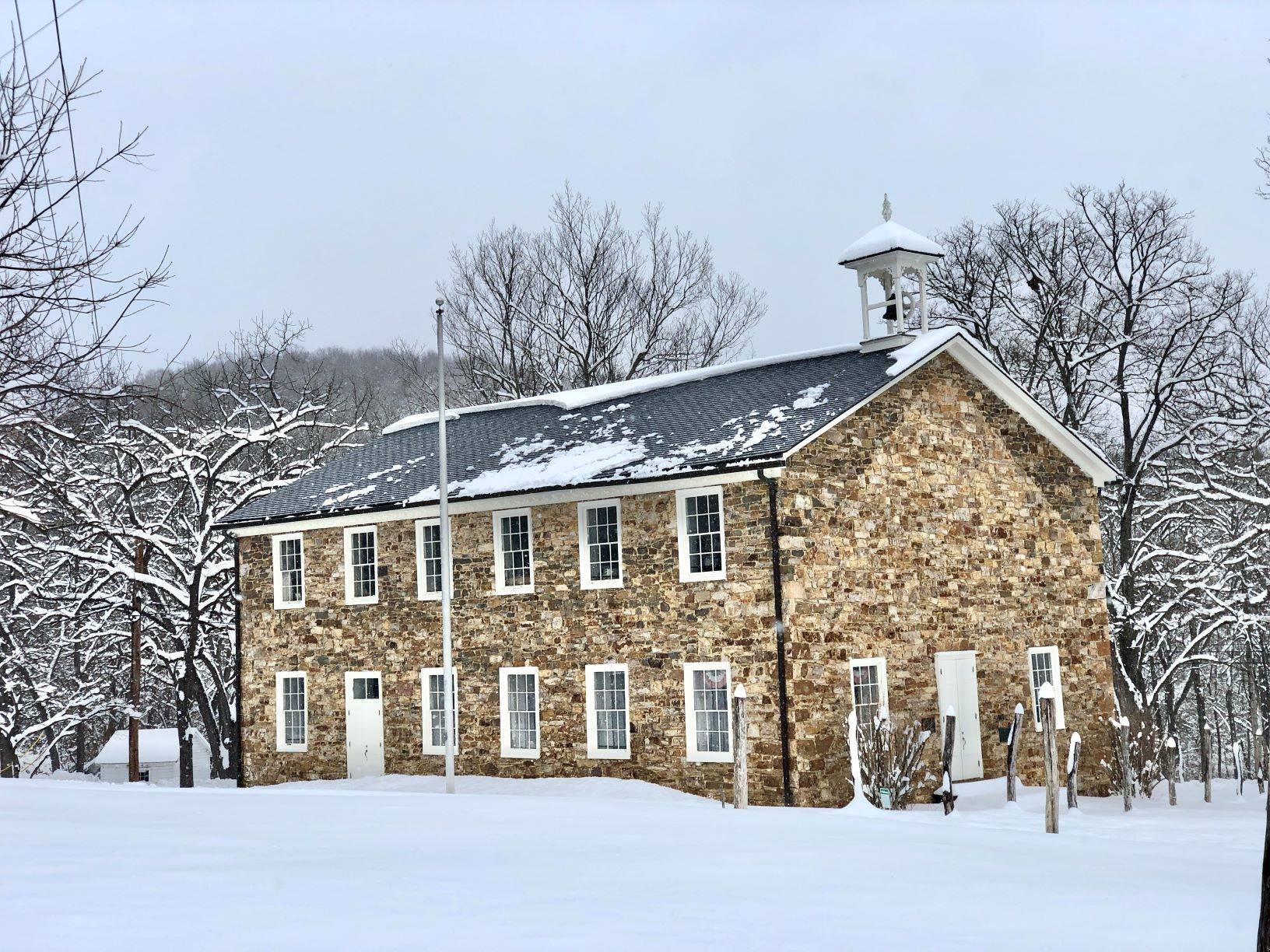
Descendents of Thompsons of Thompsonville here. – we are interested in checking out the family history. Our early history is connected here and might be able to fill in some history as we are working backward and our path has led back to Juniata! We know we have a James Thompson but there were several. Ours had a further place connection with Brown County Ohio. Any info would be welcome. Our first trip is coming up in a few days.